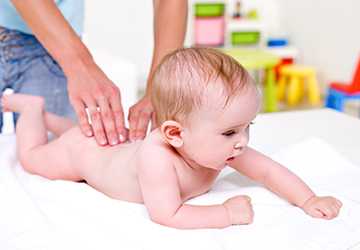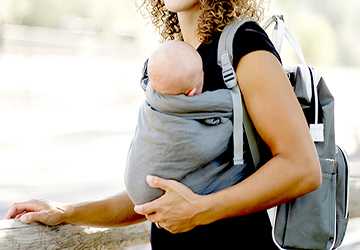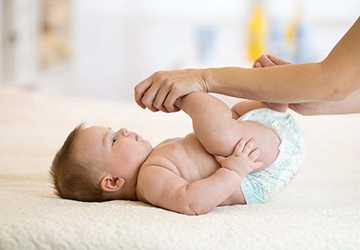Who Should Know CPR and First Aid in Your Family?
Ensuring the inviolability and well-being of consanguineous affiliates is an exigent responsibility. One of the most efficacious methodologies to augment familial safety is through familial first aid training and the acquisition of cardiopulmonary resuscitation (CPR) certification for family members. Yet, which individuals within the familial unit should be specifically endowed with these vital lifesaving proficiencies? This disquisition expounds upon the significance of CPR education for progenitors and other kin, elucidating the paramount reasons and multifaceted benefits inherent in this essential knowledge.
Importance of Learning CPR for Parents
Parents are the primary custodians for their progeny and often the initial responders in exigencies. The importance of learning CPR for parents cannot be overstated. Here are compelling rationales why parents should prioritize CPR certification for families:
- Immediate Intervention: In exigent circumstances, parents trained in CPR can proffer immediate aid, significantly augmenting the probability of survival.
- Child-Specific Techniques: Parents can acquire child-specific CPR methodologies, which diverge from adult CPR, ensuring they can efficiently respond to their progeny's exigencies.
- Composure in Crises: Mastery of CPR can bolster parents' self-assurance, aiding them in maintaining equanimity and concentration during high-pressure predicaments.
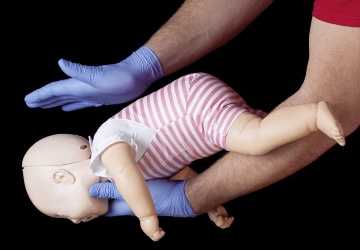
Family First Aid Training: Who Should Participate?
Family first aid training is not merely for parents; it should ideally encompass every competent family member. Here’s an elucidation of who should participate and why:
Children and Teenagers
- Early Education: Introducing juveniles and adolescents to family first aid training assists them in acquiring essential life skills from a tender age.
- Peer Assistance: Adolescents, in particular, are often in social milieus where their peers might necessitate aid. Mastery of CPR and first aid can render them invaluable in exigencies.
- Developing Responsibility: Acquiring these skills inculcates a sense of accountability and preparedness in young family members.
Elderly Family Members
- Self-Reliance: Elderly kinfolk can benefit from family first aid training to manage minor injuries or health issues autonomously.
- Assisting Others: Despite senescent-related physical limitations, elderly individuals can still furnish critical assistance in emergencies.
Household Helpers
- Essential Skill Set: For families with domestic aides, ensuring they are trained in CPR certification for families and first aid can be pivotal, especially when they are responsible for juveniles or elderly family members.
- Enhanced Safety: Trained domestic aides can act expeditiously in exigencies, providing immediate care until professional assistance arrives.
Benefits of CPR Certification for Families
Obtaining CPR certification for families proffers numerous advantages, enhancing overall familial safety and preparedness. Here are key benefits:
Increased Survival Rates
- Prompt Response: Certified family members can swiftly perform CPR, augmenting the probability of survival in cases of cardiac arrest or asphyxiation.
- Critical Care: CPR can sustain life until emergency medical services arrive, providing vital sustenance during a critical interval.
Comprehensive Safety
- Holistic Approach: CPR certification for families often encompasses training in first aid, covering a plethora of emergencies such as thermal injuries, lacerations, and fractures.
- Preparedness for Various Scenarios: Families are better equipped to handle a myriad of emergencies, ensuring comprehensive safety for all members.
Peace of Mind
- Confidence in Skills: Knowing that multiple family members are trained provides serenity, mitigating anxiety about potential exigencies.
- Readiness for Any Situation: Families can confront emergencies with a well-coordinated response, thanks to shared knowledge and proficiencies.
How to Get Started with Family First Aid Training and CPR Certification
Embarking on family first aid training and acquiring CPR certification for families is straightforward and can be transformative. Follow these steps to ensure your family is prepared:
Find a Reputable Training Provider
- Certified Instructors: Choose a provider with certified instructors who offer comprehensive training programs.
- Flexible Options: Look for classes that offer flexibility in scheduling to accommodate all family members.
Enroll in Courses
- Age-Appropriate Training: Ensure that the courses are tailored to different age groups within the family, from juveniles to adults.
- Hands-On Practice: Opt for courses that provide hands-on practice, which is crucial for effective learning and skill retention.
Maintain Certification
- Regular Refreshers: CPR and first aid certifications necessitate renewal. Schedule regular refresher courses to keep skills updated.
- Stay Informed: Keep abreast of the latest guidelines and updates in CPR and first aid practices to ensure your knowledge remains current.
Grandparents
- Proximity and Care: Grandparents often spend copious amounts of time with their progeny. Their erudition in first aid and CPR can be life-preserving during these interactions.
- Emergency Response: Elder family members can impart their sagacity and experience while being endowed with contemporary lifesaving techniques.
Aunts, Uncles, and Cousins
- Kinship Safety Network: Involving extended family engenders a safety network, ensuring that exigencies can be adeptly managed even during familial congregations or excursions.
- Skill Synergy: Extended kinfolk can practice and reinforce each other’s aptitudes, enhancing overall preparedness and competence.
Specialized First Aid Skills for Family Members
Beyond rudimentary CPR and first aid, certain esoteric skills can be invaluable:
Choking and Airway Management
- Pediatric Vulnerabilities: Young offspring are particularly susceptible to asphyxiation hazards. Family members can benefit from acquiring knowledge on how to expel foreign objects safely.
- Geriatric Risks: Elderly individuals can also face asphyxiation risks due to dysphagia. Mastery of proper techniques can avert fatal outcomes.
Use of Automated External Defibrillators (AEDs)
- Cardiac Arrest: AEDs are indispensable in ameliorating sudden cardiac arrest. Training family members to deploy AEDs with alacrity can dramatically enhance survival probabilities.
- Accessibility: Acquainting oneself with the loci and operational modalities of AEDs within the domicile or community bolsters readiness.
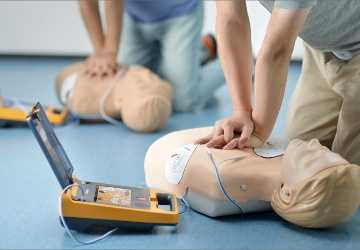
Utilizing Technology in First Aid Training
Modern technology proffers innovative avenues to augment family first aid training:
Online Training Modules
- Flexibility: Online first aid and CPR courses offer flexible learning modalities, enabling family members to learn at their own cadence and convenience.
- Interactive Learning: Many online courses incorporate interactive simulations and assessments, ensuring a thorough comprehension of the material.
Mobile Applications
- On-the-Go Resources: First aid mobile apps furnish quick access to indispensable information and step-by-step instructions during exigencies.
- Real-Time Guidance: Some apps offer real-time guidance through video calls with medical professionals, ensuring immediate support.
Importance of Continuous Learning and Skill Refreshment
To maintain proficiency, continuous learning and regular skill refreshment are imperative:
Periodic Refresher Courses
- Skill Retention: Periodic refresher courses assist family members in retaining their skills and staying abreast with the latest first aid and CPR guidelines.
- Confidence Building: Regular practice reinforces confidence in the ability to respond efficiently in exigencies.
Staying Informed about Medical Advancements
- Current Practices: Keeping abreast of the latest advancements and research in first aid and CPR ensures that family members are utilizing the most efficacious techniques.
- Adapting to Changes: Being informed about modifications in protocols and procedures allows families to adapt their training and emergency plans accordingly.
Conclusion
The inviolable sanctity and well-being of your kin are of paramount importance, and one of the most efficacious modalities to ensure this is through familial first aid training and procuring CPR certification for all members of the household. The significance of acquiring CPR proficiency for parents and other familial affiliates is unequivocal: it endows you with the perspicacity to respond efficiently in exigent circumstances, augments survival probabilities, and engenders a sense of equanimity.








